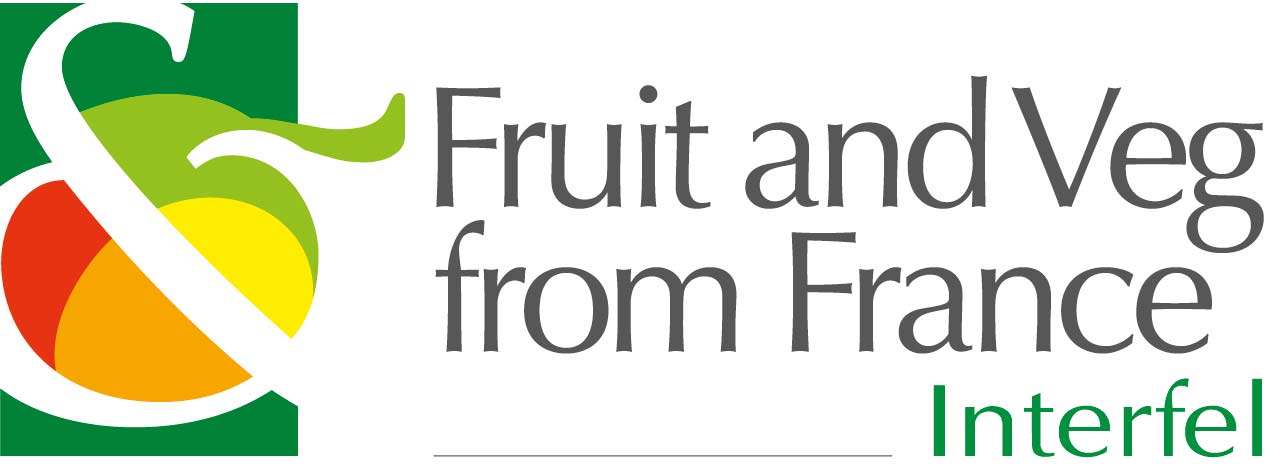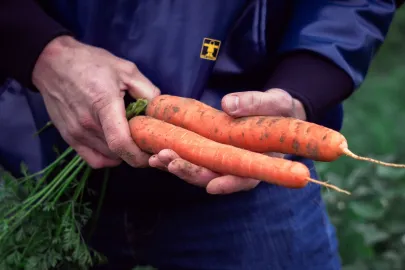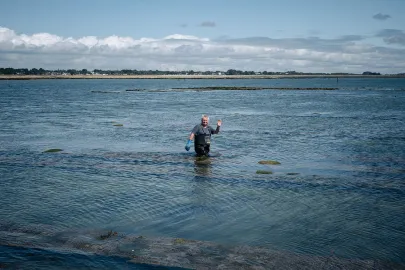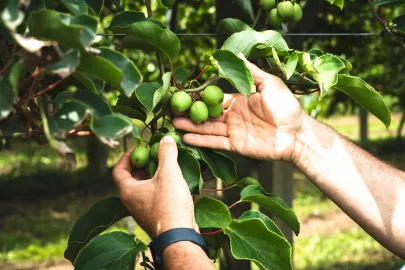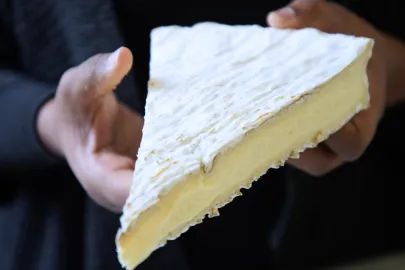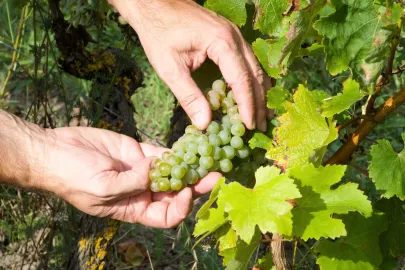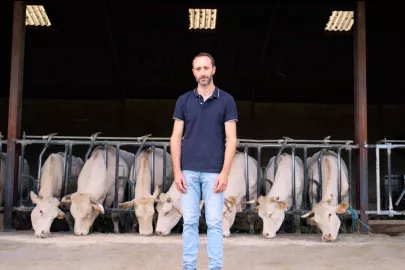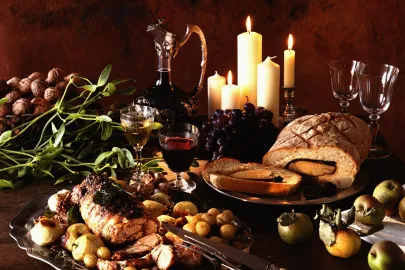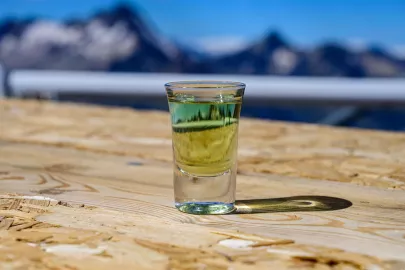In the Pyrénées-Atlantiques department, Christophe Congues grows a fruit that is unfamiliar yet appealing: the kiwi berry. Native to Asia, this little cousin of the classic kiwi fruit has been winning us over with its sweet taste, convenience and environmentally friendly cultivation methods. Christophe, a pioneering producer in France, has turned it into a speciality with all its agronomic demands and delicious taste. Let’s meet this devotee who firmly believes in the potential of a fruit like no other.
In the lush green landscape of the Béarn region, a hop, skip and a jump from the Pyrenees, a small unassuming yet tasty fruit is making its way into the orchards and onto the market stalls: meet the kiwi berry. For some years now, this miniature cousin of the traditional kiwi has been winning us over with its sweet taste, convenience and nutritional benefits. Captivated by its potential, Christophe Congues has been growing it for over a decade and has turned this still unfamiliar fruit into a regional speciality.
In 2009, while his fruit farm in the south-west was producing at full capacity, Christophe Congues decided to take a change of direction. “I was looking for an innovative crop, something a bit out of the ordinary… and the mini kiwi immediately appealed to me”, he says. The following year, the first Actinidia arguta vines, the climbing plant that produces the fruit, were planted. Since then, this unusual crop has become an essential part of his orchard as well as a source of pride. “The mini kiwi has found its place on our farm… and in my heart too, I have to say”.
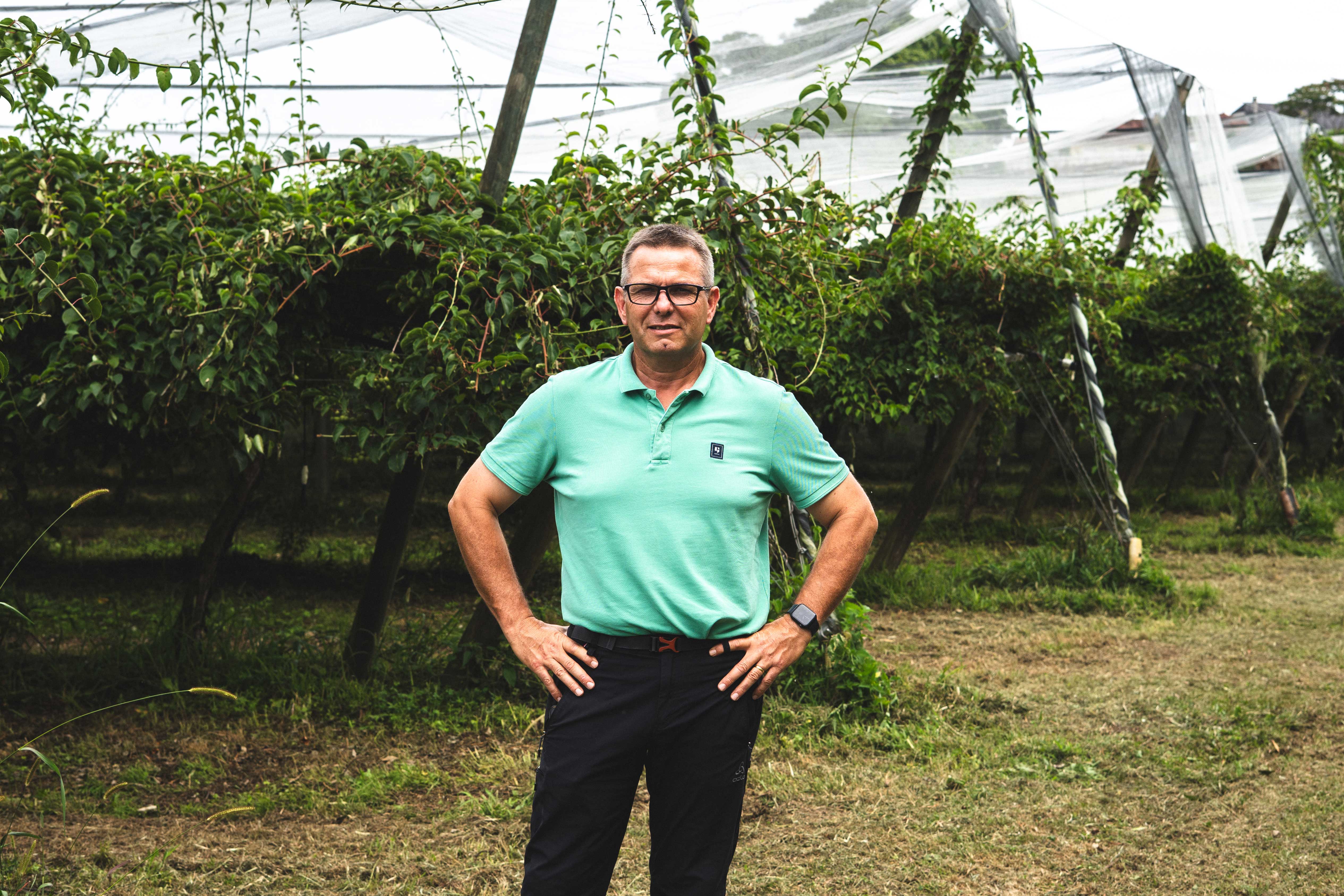
A small but sturdy fruit
First of all, the kiwi berry has a unique appearance. “It’s about the size of large grape, has no hair, but a really smooth skin…”, says the producer enthusiastically. Its thin skin can be eaten which makes it an easy fruit to eat as it doesn’t need peeling. But its real strength lies in its natural resistance. “It is naturally resistant to disease. As a result, I can grow it without having to use any chemicals, which is good for the environment… and for those who eat it”.
If the fruit seems easy to eat, growing it is quite another matter. “It’s a vine and it can climb up to six metres high! It needs to be trained and regularly pruned…” explains Christophe Congues. This resilient plant can withstand extreme weather conditions, whether that be heavy rain or drought. “It holds its own where the classic kiwi would suffer. That’s a real advantage, especially with the effects of climate change we have seen in recent years”. However, this sturdiness doesn’t rule out the need for a lot of hard work on a daily basis. Pruning, in particular, is a tricky stage which requires time, precision and a lot of patience.
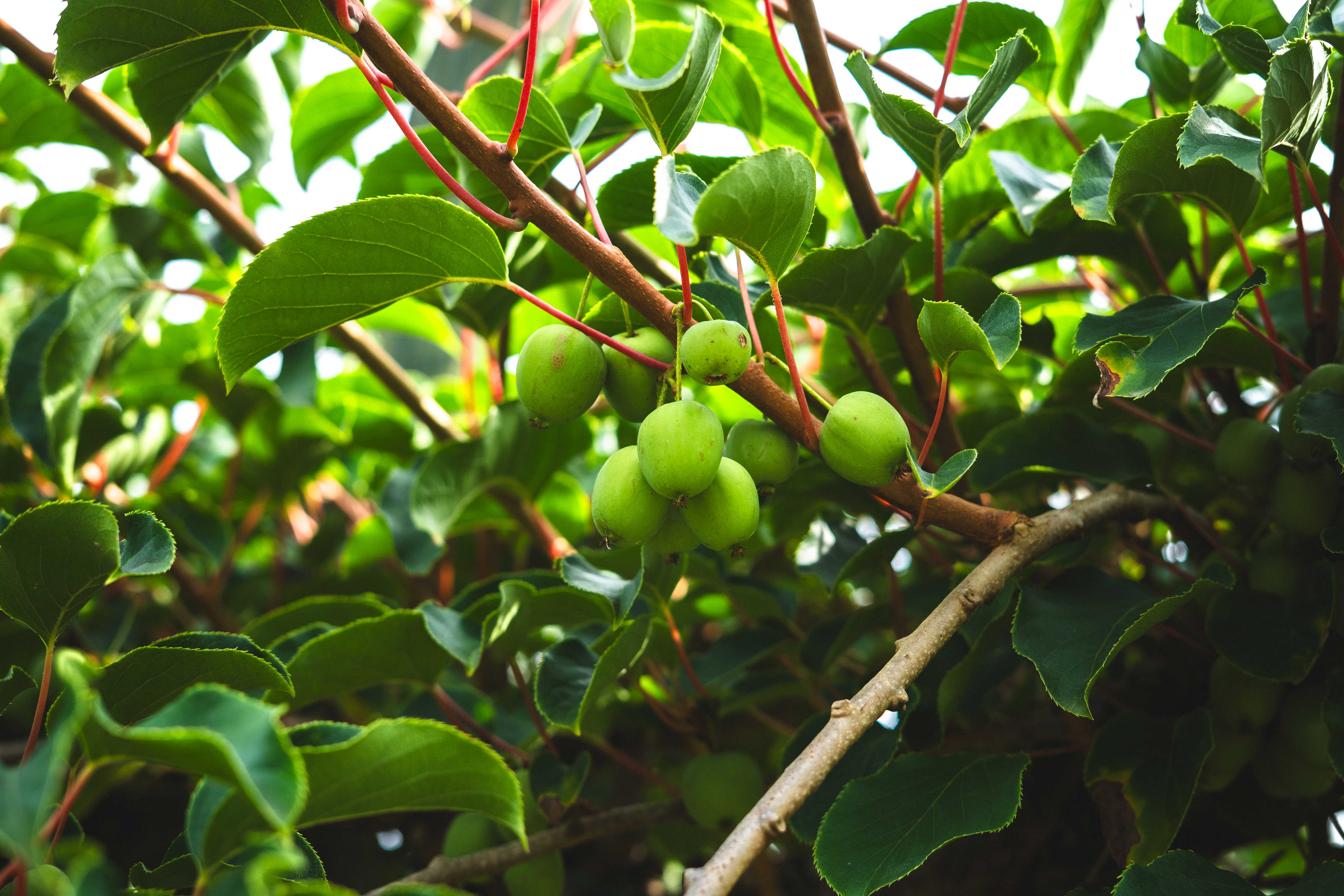
A demanding crop
The crucial point of the season comes at the end of summer. “Harvesting lasts two to three weeks, between the end of August and mid-September. Everything is done by hand, fruit by fruit, with the utmost care so as not to damage them”, the producer explains. The fruits aren’t picked at random: “We accurately measure their ripeness… It really is precision work, but that’s what ensures quality fruit on our plates”.
Still fairly unknown to the general public, the kiwi berry is really taking off. “It is mostly found in the south-west, in the Landes, Pyrénées-Atlantiques and Gers departments… There’s a bit in the Loire Valley as well, but it’s still a niche production. That’s what makes it our little local gem!”, Christophe Congues admits. This specific area is a key factor in the fruit’s development. “Quality starts with the soil and the climate. We plant in regions that are just right for the taste to find its true expression”.
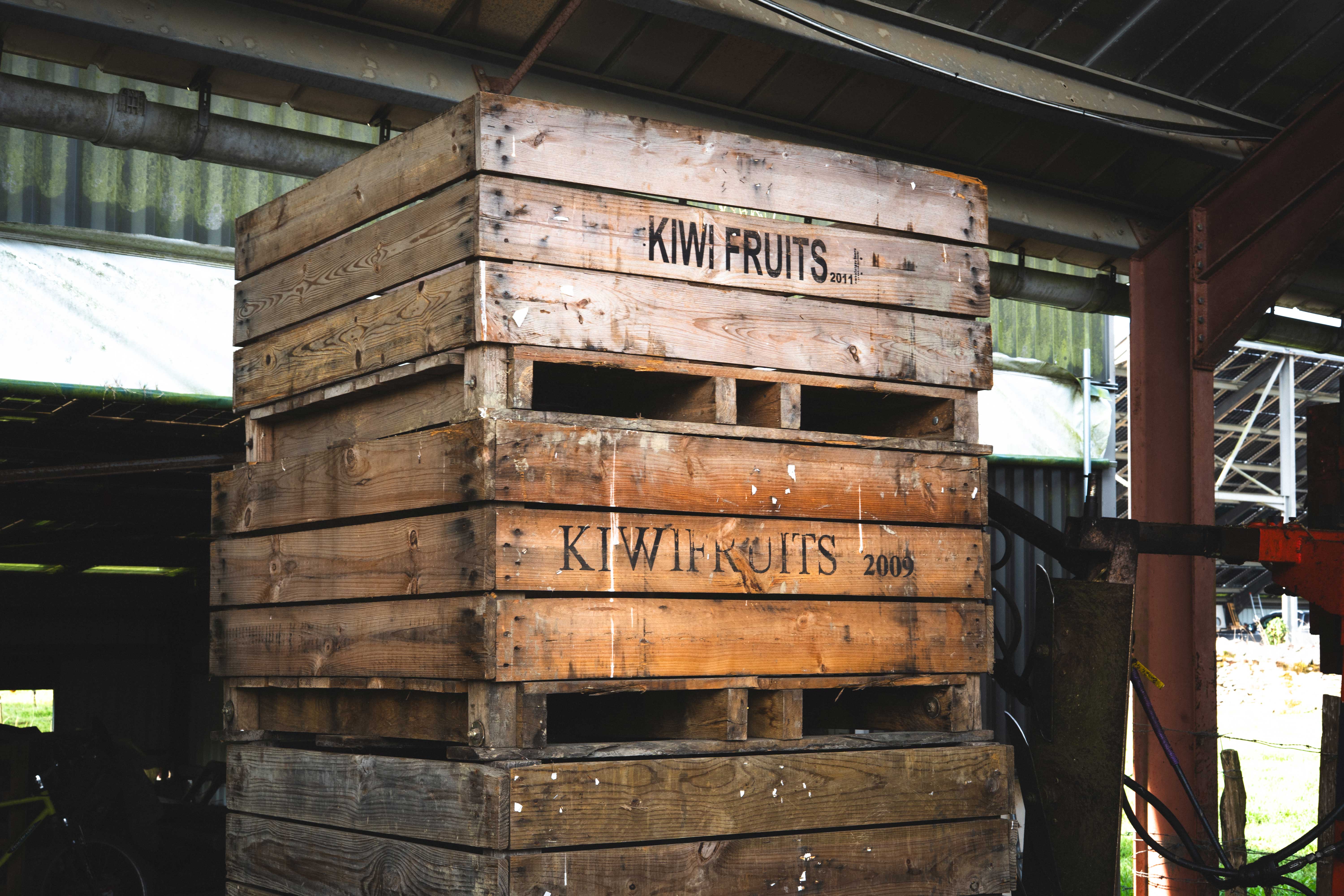
A convenient, nutritious fruit that’s full of flavour
The kiwi berry has won producers over, partly because it appeals to consumers as well. When it comes to taste, sweetness is the name of the game. “It’s not at all tart, quite the opposite in fact, it’s very sweet. And as there’s no need to peel it, it’s easy to eat. Kids love it!”, Christophe Congues adds. As for nutrition, it’s packed full of vitamin C, fibre and antioxidants, perfect for a healthy snack. As Christophe sums up: “It’s a real treat of a fruit”.
The kiwi berry season is short which reinforces its value. Harvested between the end of August and mid-September, it is eaten in France until the end of October, and almost 3 million punnets are exported every year. So, it arrives at just the right time, at a time when summer fruits are gradually disappearing from the markets. “It prolongs the fruity delights of summertime”, smiles Christophe.
Storing kiwi berries is simple enough, but it requires a bit of attention. “You need to put them in the salad drawer in the fridge. And above all, don’t leave them next to apples! Apples give off ethylene which speeds up the ripening process”. Stored properly, the fruit keeps all its taste and flavour for several days. Once ripe, it can be enjoyed at any time: “Anywhere and at any time of the day”. Even in a tart or a smoothie...
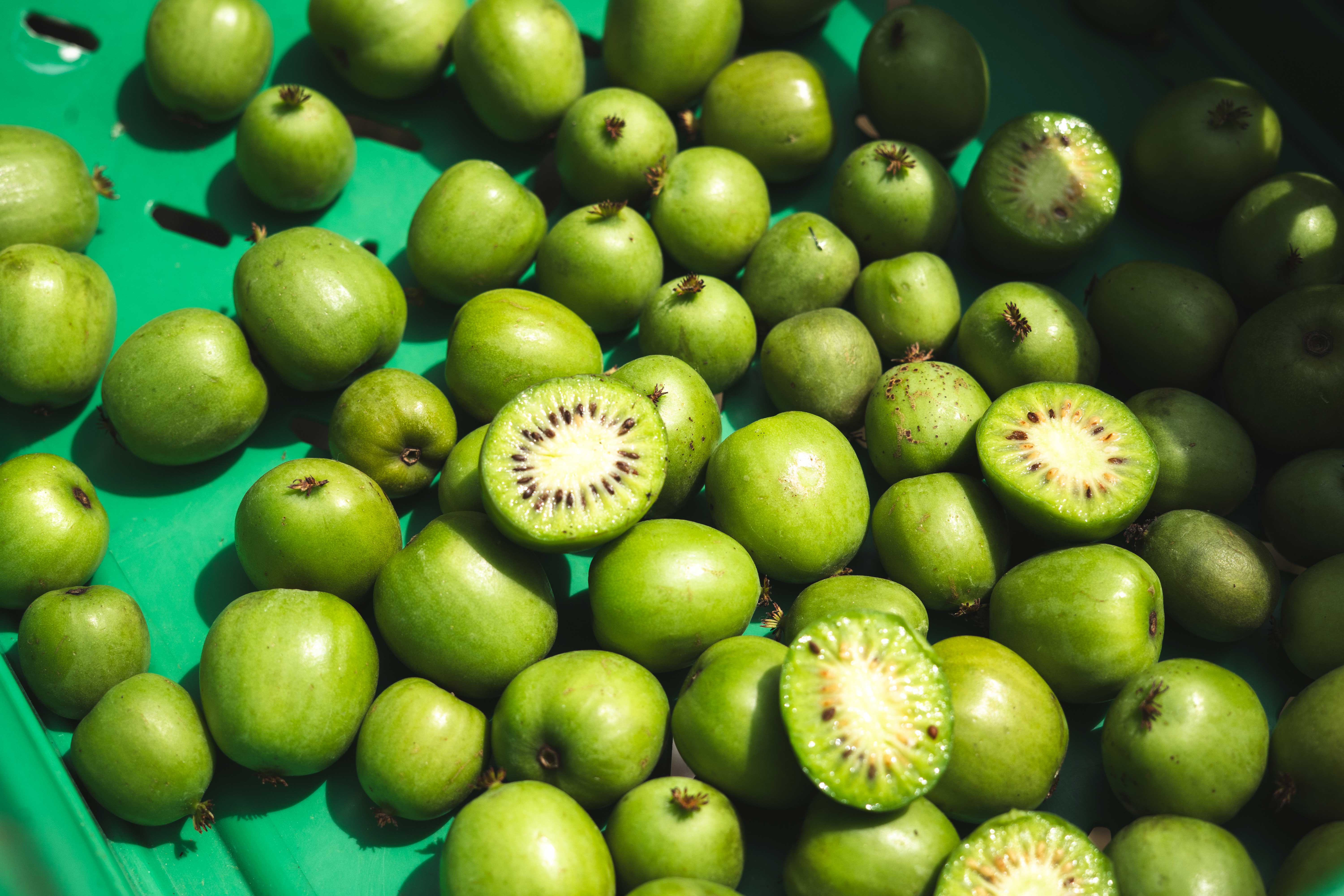
A promising future?
Although the kiwi berry is still an unfamiliar fruit, its future does look promising. Boosted by environmentally friendly farming, a distinctive taste and flavour, and a convenience that meets the expectations of modern consumers, it could catch on even more in the next few years. To do that, we undoubtedly need to raise more awareness in distribution channels and encourage consumers to give it a try. However, Christophe Congues remains confident: “It’s a fruit with a future. And when you taste it for the first time, you’ll soon be back for more”.

